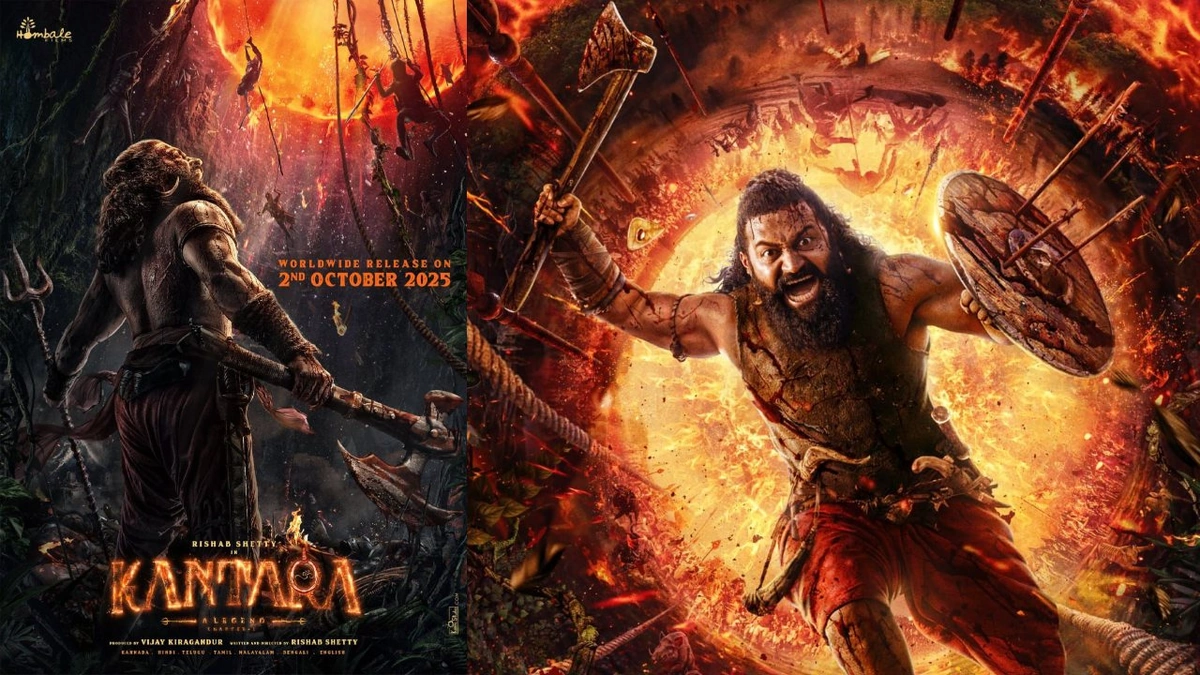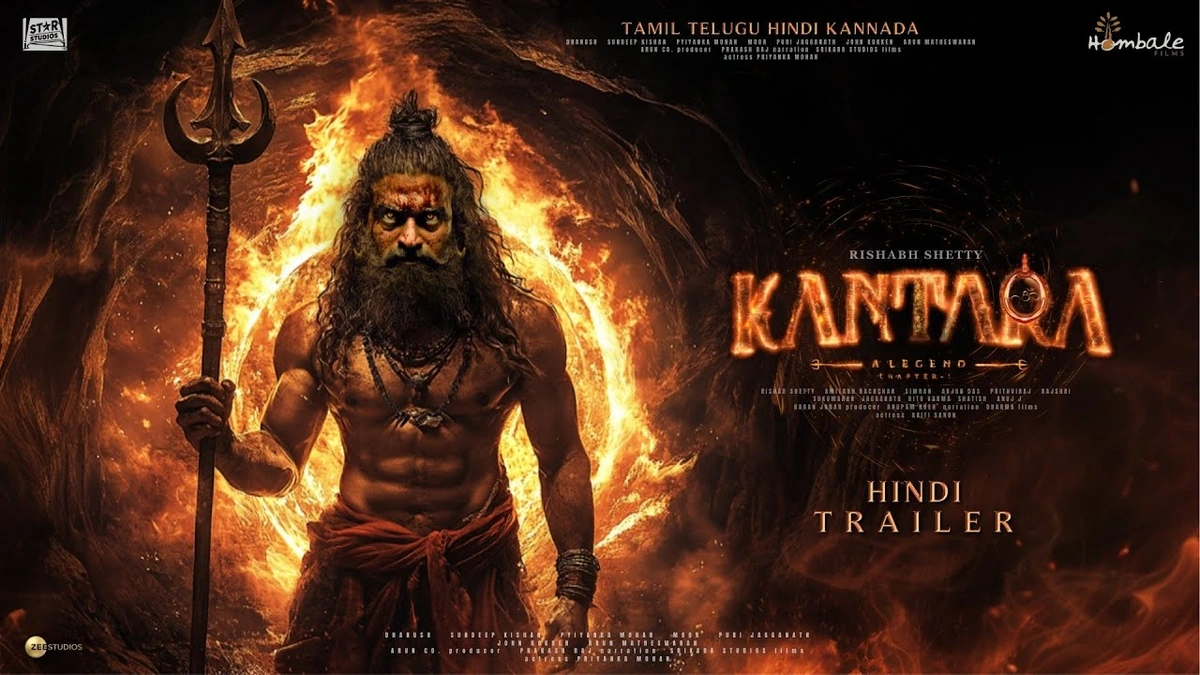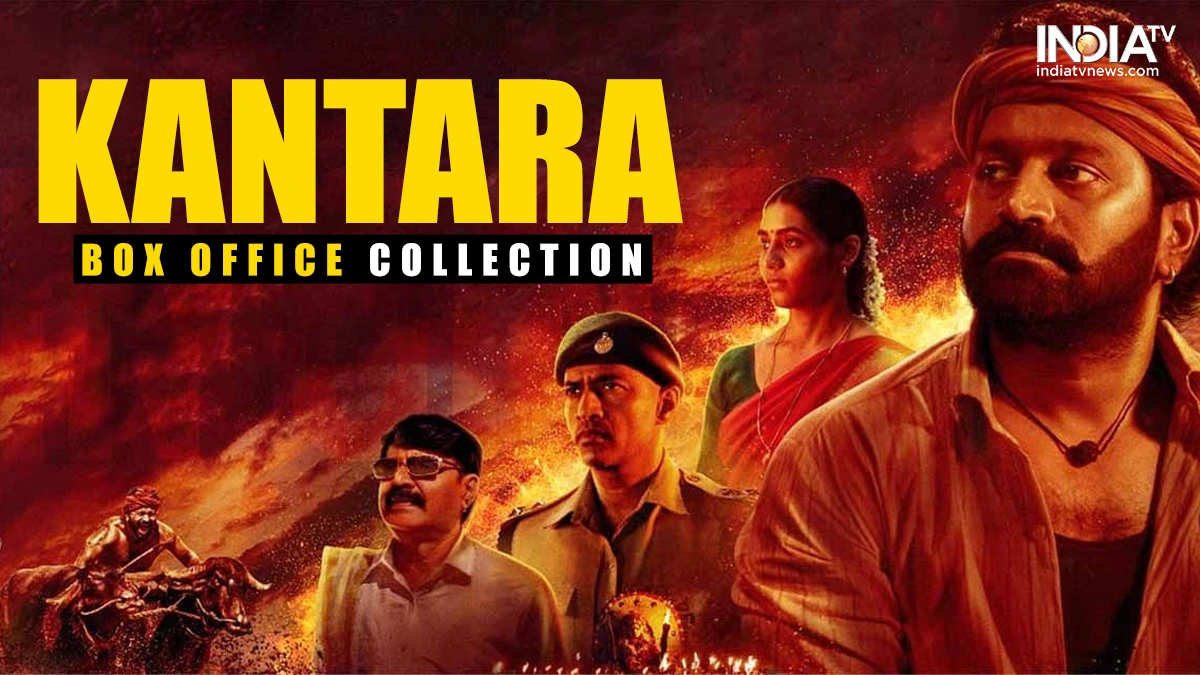Kantara | More Than Just a Blockbuster – Decoding Its Cultural Impact
Kantara. The name itself conjures up vivid imagery: lush forests, powerful deities, and a story that gripped the nation. But Kantara is more than just a film; it’s a cultural phenomenon, a conversation starter, and a reflection of India’s rich heritage. It’s not just what happened on screen, but why it resonated so deeply with audiences. Let’s dive into the heart of what makes Kantara so special.
The Deeper Meaning | Why Kantara Struck a Chord

So, what is it about Kantara’s story that made it a blockbuster? Was it the stunning visuals? The gripping storyline? Or something more profound? I think it was a potent mix of all these elements, but the key ingredient was its exploration of the conflict between humanity and nature, tradition and modernity. It beautifully portrayed the clash and eventual harmony between the tribal communities and the forest, reflecting a narrative deeply rooted in Indian culture.
What fascinates me is how the film managed to tap into a collective consciousness. We are increasingly aware of the importance of environmental protection and respecting indigenous cultures. Kantara beautifully showcased this, offering a compelling message that resonated with the audience. Plus, the portrayal of Bhoota Kola, a ritualistic dance form, added a layer of authenticity and cultural richness that was truly captivating.
Decoding the Symbolism | Gods, Land, and Conflict
At its core, Kantara is a story about land rights and the struggle to preserve cultural heritage. The deity, Panjurli, represents the sacredness of the forest and its connection to the tribal community. The conflict arises when outsiders attempt to exploit the land for their own gain, disregarding the traditions and beliefs of the locals. But, the conflict itself is not a simplistic good-versus-evil tale. It showed the complexities of the situation.
The film’s success also lies in its ability to present this conflict in a visually stunning and emotionally engaging way. The performances were powerful, the cinematography breathtaking, and the music hauntingly beautiful. All these elements combined to create a cinematic experience that was both entertaining and thought-provoking. I think it is fair to say that it redefined Indian cinema . You can see how the makers of ‘OG’ made the team visit the Kantara set, which you can learn more about on https://gotrendingtoday.com/og-collection-day-2/ .
Bhoota Kola | More Than Just a Dance Form
The portrayal of Bhoota Kola in Kantara was a masterstroke. It wasn’t just a visual spectacle; it was an integral part of the story, representing the spiritual connection between the tribal community and their deity. The ritualistic dance form, with its vibrant costumes and intense energy, added a layer of authenticity and mystique to the film.
What’s truly remarkable is how the film introduced this ancient tradition to a wider audience. Many viewers were unfamiliar with Bhoota Kola before seeing Kantara, and the film sparked a newfound appreciation for this unique cultural practice. This has sparked discussions on how the movie has portrayed the cultural heritage . It’s a testament to the power of cinema to educate and enlighten. The film has boosted cultural tourism . You can see many people in India exploring the culture more.
Kantara’s Global Impact | A Universal Story
While Kantara is deeply rooted in Indian culture, its themes are universal. The struggle for land rights, the importance of environmental protection, and the conflict between tradition and modernity are issues that resonate with people all over the world. This, I believe, explains the film’s global success.
The film has transcended geographical boundaries and cultural barriers, captivating audiences in different countries. It’s a testament to the power of storytelling to connect people on a human level. And I think it’s a brilliant example of how local stories can have global appeal, especially when they are told with authenticity and passion. The portrayal of local culture has given the movie more buzz around the globe.
The Future of Indian Cinema | Kantara’s Legacy
Kantara has set a new benchmark for Indian cinema. It has shown that it is possible to create commercially successful films that are also culturally significant and intellectually stimulating. The film’s success has inspired other filmmakers to explore similar themes and stories, paving the way for a new wave of Indian cinema. With the success of Kantara, there is an increased visibility for other Kannada language films. Even, Pawan Singh also got inspired with the film, according to https://gotrendingtoday.com/pawan-singh/ .
I think Kantara’s greatest legacy will be its impact on how we tell stories. It has demonstrated the importance of authenticity, cultural sensitivity, and a deep understanding of the human condition. In the end, Kantara is not just a film; it’s a cultural touchstone, a reminder of our connection to nature, and a celebration of India’s rich heritage. The movie is now regarded as a national treasure .
FAQ about Kantara
What is Bhoota Kola and its significance in the film?
Bhoota Kola is a ritualistic dance form practiced in coastal Karnataka. In Kantara, it represents the spiritual connection between the tribal community and their deity, Panjurli.
Where was Kantara filmed?
Kantara was primarily filmed in the Kundapur region of Karnataka, India, capturing the lush greenery and natural beauty of the area.
What are the main themes explored in Kantara?
The film explores themes of land rights, environmental protection, the conflict between tradition and modernity, and the importance of preserving cultural heritage.
Is Kantara based on a true story?
While not a direct adaptation of a specific historical event, Kantara is inspired by the cultural beliefs and traditions of the region and addresses real-world issues faced by tribal communities.
How did Kantara impact the local communities where it was filmed?
Kantara brought increased attention to the region and its unique culture, boosting tourism and providing economic opportunities for the local communities.
What makes Kantara different from other Indian films?
Kantara’s success lies in its authentic portrayal of local culture, its exploration of universal themes, and its visually stunning and emotionally engaging storytelling.













